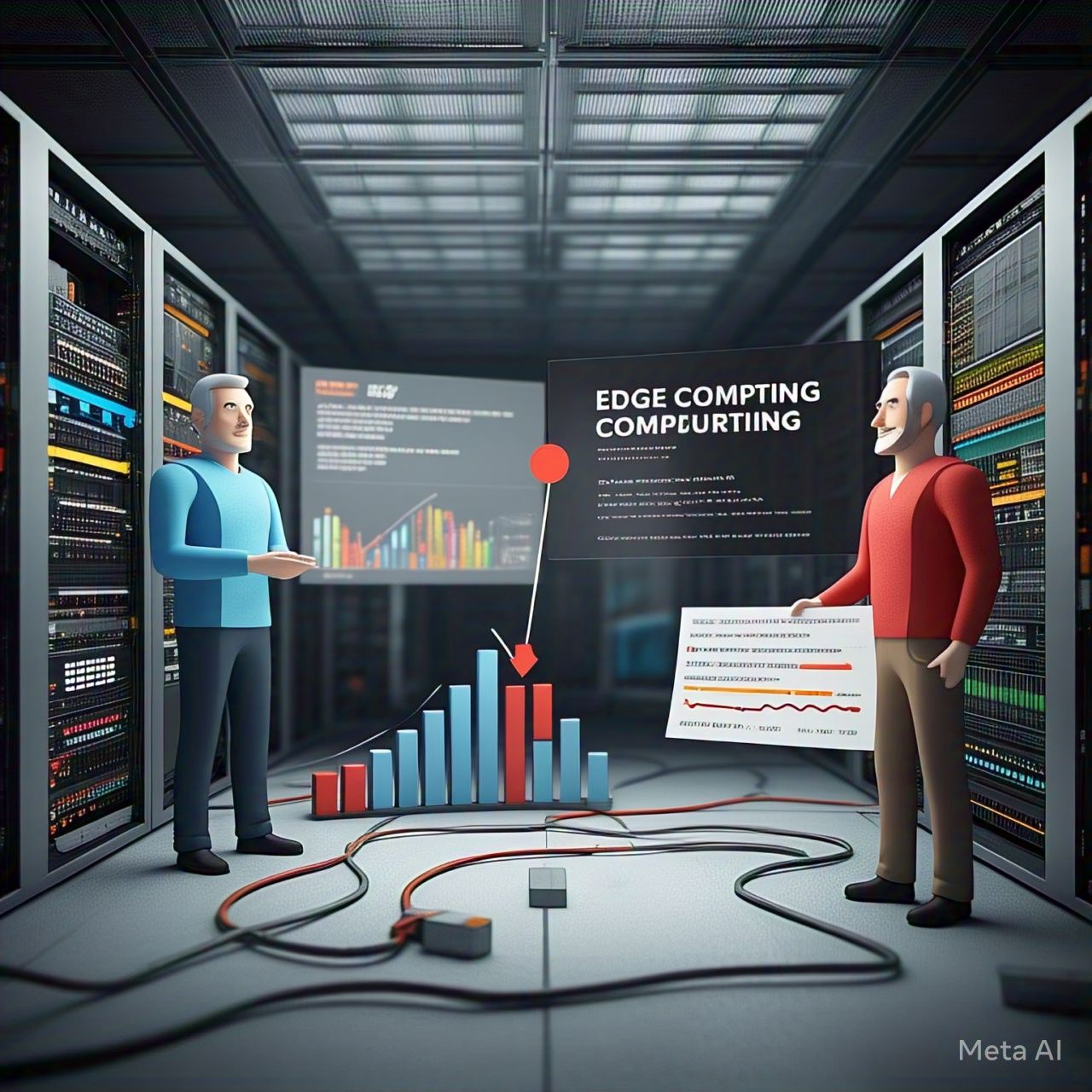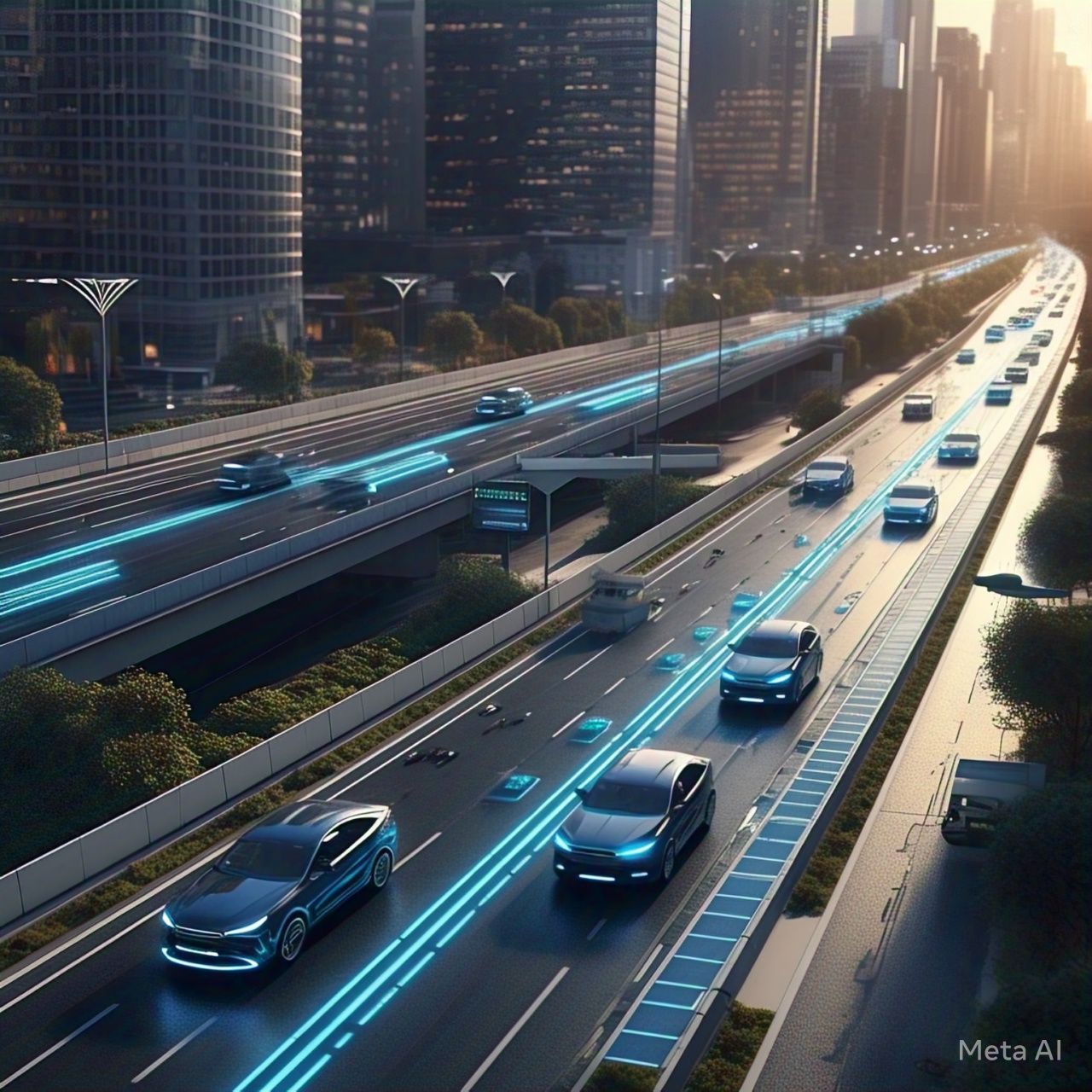Table of Contents
- Introduction
- Understanding Cloud Computing
- Understanding Edge Computing
- Key Differences Between Cloud and Edge Computing
- Use Cases for Cloud Computing
- Use Cases for Edge Computing
- Pros and Cons of Cloud Computing
- Pros and Cons of Edge Computing
- Future Trends in Computing
- Conclusion
- FAQs
- References
1. Introduction
With the rapid advancement of digital technology, computing has evolved to meet the increasing demands of businesses and individuals. Two of the most prominent computing paradigms today are Cloud Computing and Edge Computing. While cloud computing centralizes processing in large data centers, edge computing decentralizes it by bringing computation closer to the data source. This article explores the key differences, use cases, advantages, and future trends of these two technologies to determine which one is superior.
2. Understanding Cloud Computing
Cloud computing is a centralized model where data storage, computing power, and services are hosted on remote servers and accessed over the internet. This paradigm enables users to store vast amounts of data, run applications, and utilize AI-driven analytics without relying on local hardware.
Key Features of Cloud Computing:
- Scalability: Resources can be dynamically allocated as needed.
- Remote Access: Users can access data and applications from anywhere.
- Cost-Efficiency: Reduces the need for expensive local infrastructure.
- Data Security: Cloud providers implement robust security measures to protect data.
Popular cloud computing providers include Amazon Web Services (AWS), Microsoft Azure, and Google Cloud Platform (GCP).
3. Understanding Edge Computing
Edge computing is a decentralized model that processes data closer to its source rather than relying on a central cloud server. This approach reduces latency, increases efficiency, and enhances real-time decision-making.
Key Features of Edge Computing:
- Reduced Latency: Faster processing due to local computation.
- Bandwidth Optimization: Reduces the need for continuous data transmission to the cloud.
- Improved Security: Sensitive data is processed locally rather than transmitted over the internet.
- Real-Time Processing: Essential for applications like IoT, autonomous vehicles, and smart cities.
Examples of edge computing include IoT devices, autonomous drones, and real-time healthcare monitoring systems.
4. Key Differences Between Cloud and Edge Computing
| Feature | Cloud Computing | Edge Computing |
|---|---|---|
| Processing Location | Centralized (data centers) | Decentralized (near data source) |
| Latency | Higher due to data transmission | Lower due to local processing |
| Scalability | Highly scalable | Limited to local resources |
| Security | Centralized security measures | Enhanced local security, but device-dependent |
| Connectivity | Requires stable internet | Can function with intermittent connectivity |
| Cost | Pay-as-you-go pricing | Higher initial investment for local infrastructure |
5. Use Cases for Cloud Computing
5.1 Big Data Analytics
Cloud computing enables businesses to store and analyze vast amounts of data, facilitating AI-driven insights and business intelligence.
5.2 Web Hosting and SaaS Applications
Cloud-based platforms host websites, streaming services, and SaaS applications like Google Drive, Dropbox, and Microsoft 365.
5.3 Enterprise IT Infrastructure
Organizations use cloud computing to replace traditional on-premise infrastructure, reducing costs and increasing efficiency.
5.4 Disaster Recovery
Cloud-based disaster recovery solutions ensure business continuity by backing up critical data.
6. Use Cases for Edge Computing
6.1 Internet of Things (IoT)
Edge computing powers smart devices like home automation systems, wearable health trackers, and industrial IoT.
6.2 Autonomous Vehicles
Self-driving cars require real-time data processing, which edge computing facilitates by reducing latency.
6.3 Smart Cities
Traffic management, surveillance, and environmental monitoring in smart cities rely on edge computing for real-time decision-making.
6.4 Healthcare and Telemedicine
Edge computing enables real-time patient monitoring, improving healthcare outcomes and reducing reliance on cloud-based services.
7. Pros and Cons of Cloud Computing
Pros:
✅ Scalable and cost-effective. ✅ Provides remote accessibility. ✅ High reliability and uptime. ✅ Strong data security measures.
Cons:
❌ Higher latency due to remote processing. ❌ Dependent on a stable internet connection. ❌ Potential security risks from cyber threats.
8. Pros and Cons of Edge Computing
Pros:
✅ Reduces latency and improves performance. ✅ Less bandwidth usage, optimizing network resources. ✅ Enhanced security by keeping data local. ✅ Real-time processing for time-sensitive applications.
Cons:
❌ Higher upfront hardware costs. ❌ Limited scalability compared to cloud computing. ❌ Maintenance and security responsibilities shift to local operators.
9. Future Trends in Computing
9.1 Hybrid Cloud-Edge Architectures
Many organizations are adopting a hybrid approach, combining cloud and edge computing for optimized performance.
9.2 5G and Edge Computing Integration
5G networks will enhance edge computing by enabling ultra-low latency and high-speed data transmission.
9.3 AI and Machine Learning at the Edge
AI models are being optimized to run directly on edge devices, improving real-time analytics and decision-making.
9.4 Edge Data Centers
Small, localized data centers will support edge computing deployments, reducing reliance on centralized cloud services.
10. Conclusion
Neither cloud computing nor edge computing is inherently superior—each has distinct advantages depending on the use case. Cloud computing is ideal for scalable, remote-access applications, whereas edge computing excels in low-latency, real-time processing scenarios.
As technology advances, hybrid solutions combining cloud and edge computing will become more common, ensuring businesses and individuals can leverage the strengths of both paradigms. The future of computing lies in finding the right balance between cloud and edge solutions, optimizing efficiency, security, and cost-effectiveness.
11. FAQs
1. Is edge computing replacing cloud computing?
No. Edge computing complements cloud computing by processing data locally while cloud computing manages large-scale data storage and analytics.
2. Which is more secure, cloud or edge computing?
Edge computing enhances security by keeping sensitive data local, but cloud providers implement advanced security protocols that protect against cyber threats.
3. Can I use both cloud and edge computing?
Yes. Many organizations adopt a hybrid model to leverage the benefits of both technologies.
4. Does edge computing require an internet connection?
Not necessarily. Edge computing can process data locally without constant cloud connectivity, making it ideal for remote locations.
5. What industries benefit the most from edge computing?
Industries such as healthcare, automotive, IoT, telecommunications, and smart cities gain significant advantages from edge computing due to its real-time processing capabilities.




